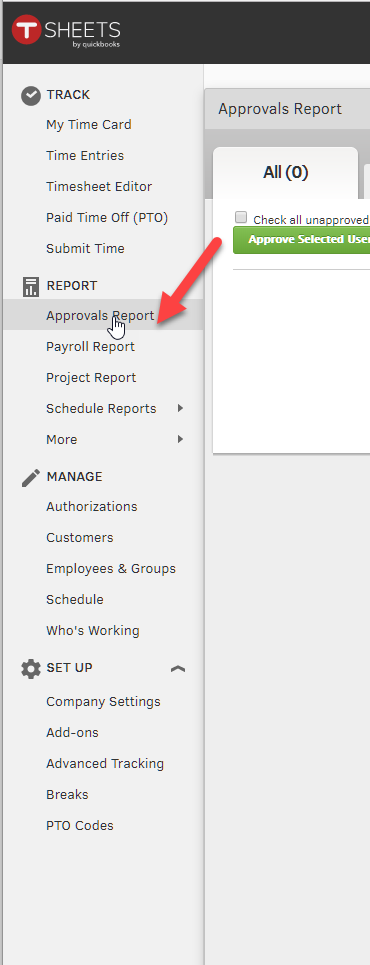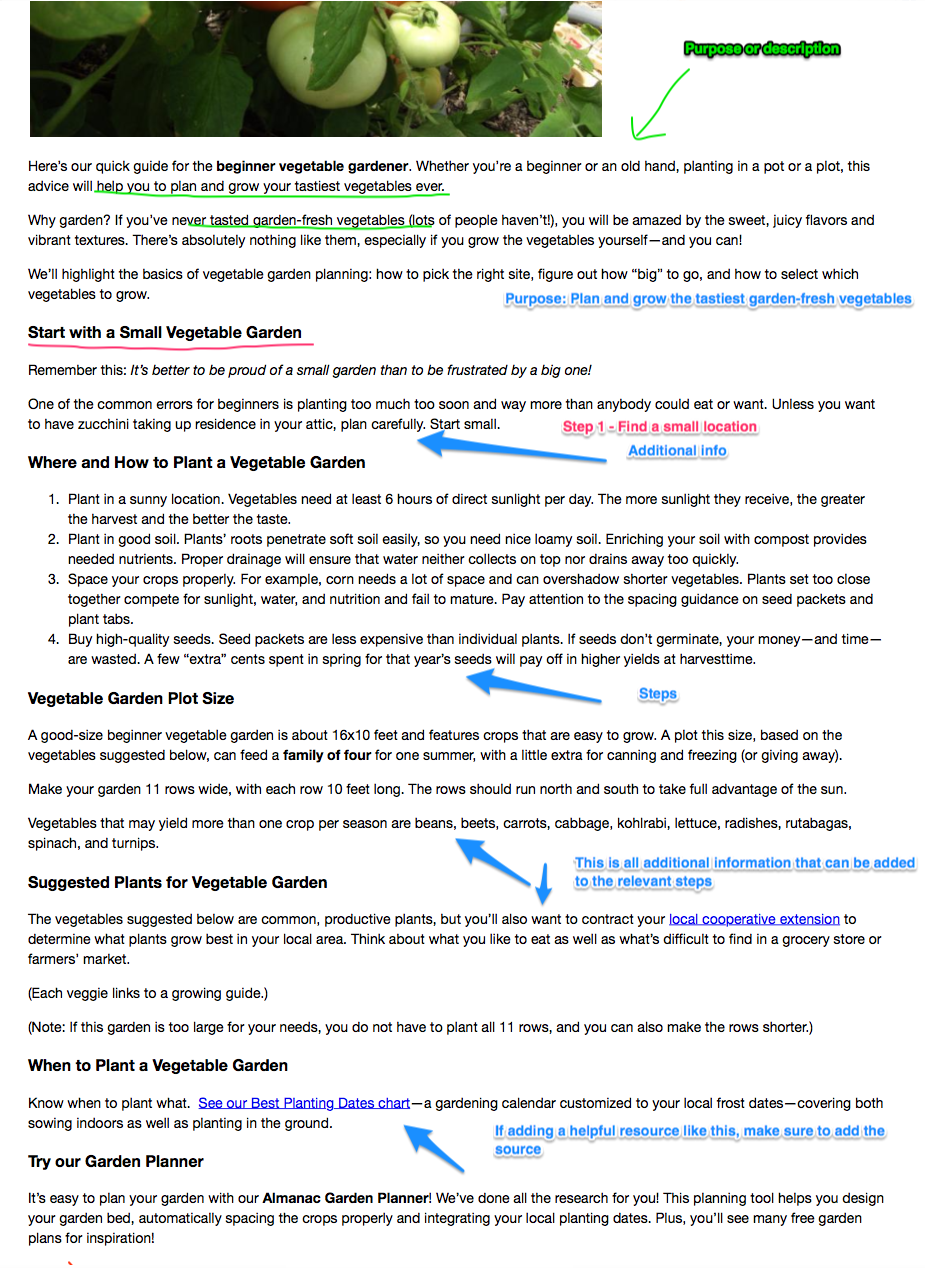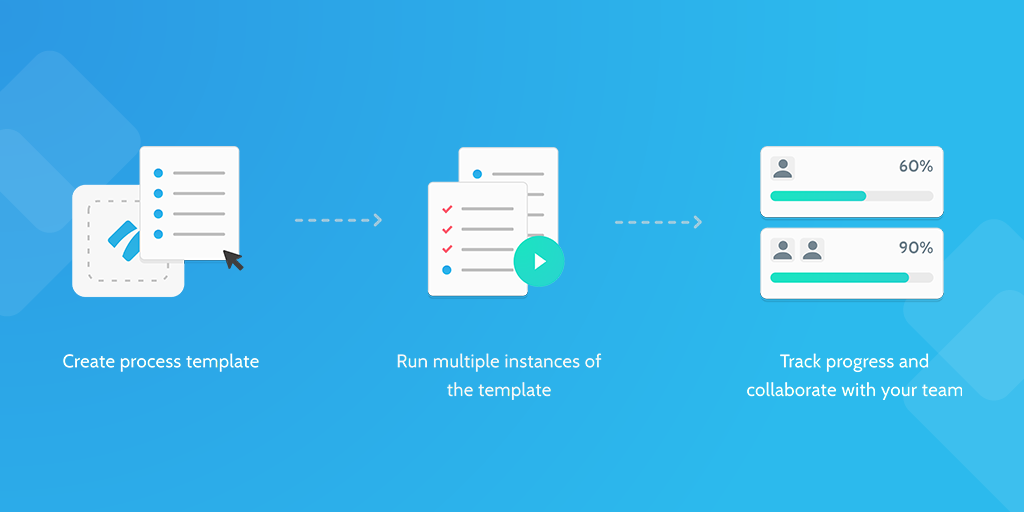Diversity initiatives. What are they, exactly?
They're the ideas, measures, and programs - such as specific hiring policies and ERGs (Employee Resource Groups) - put in place to create a more diverse, inclusive, and better-performing workforce and workplace.
To realize the benefits of diversity and inclusion - for instance, there's a 20% increase in innovative thinking from demographically diverse teams - diversity initiatives need to be consistently reviewed. As the team at Project Include say:
"A one-off initiative approach simply cannot achieve systemic change; in many cases it does harm." - Project Include
Regular reviews also help to determine whether the diversity measures are working, need improvement, or need to be swapped for different initiatives altogether.
This diversity initiatives quarterly improvement process will take you through the entire review process, looking at initiatives regarding mental and physical health, gender, race, LGBTQ people, people with disabilities, and parents and caregivers. You will note down the current initiatives in place, review them, and then scope out other alternative initiatives, should the current ones need replacing.
For consistency, this should be launched every quarter.










